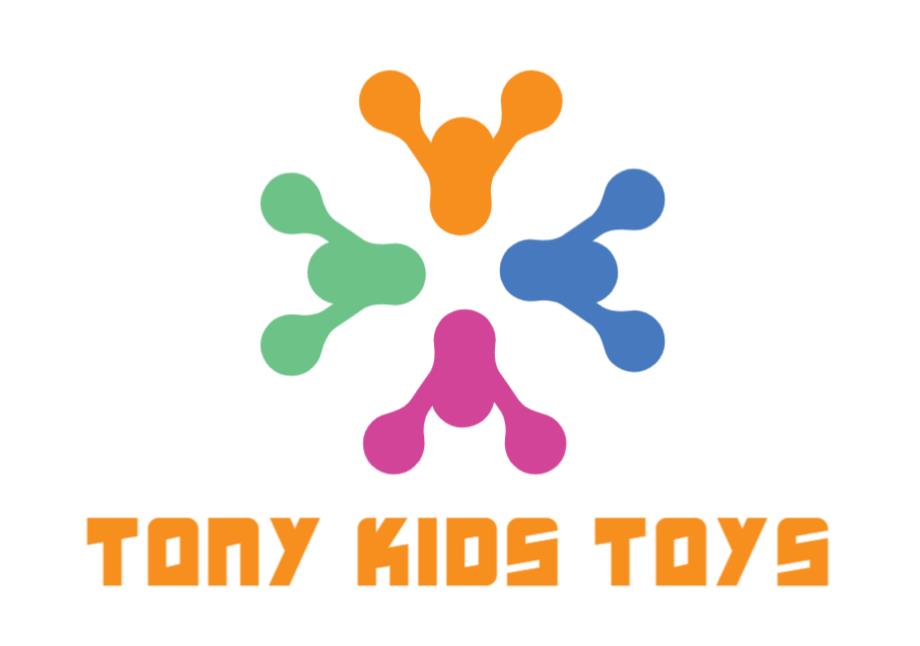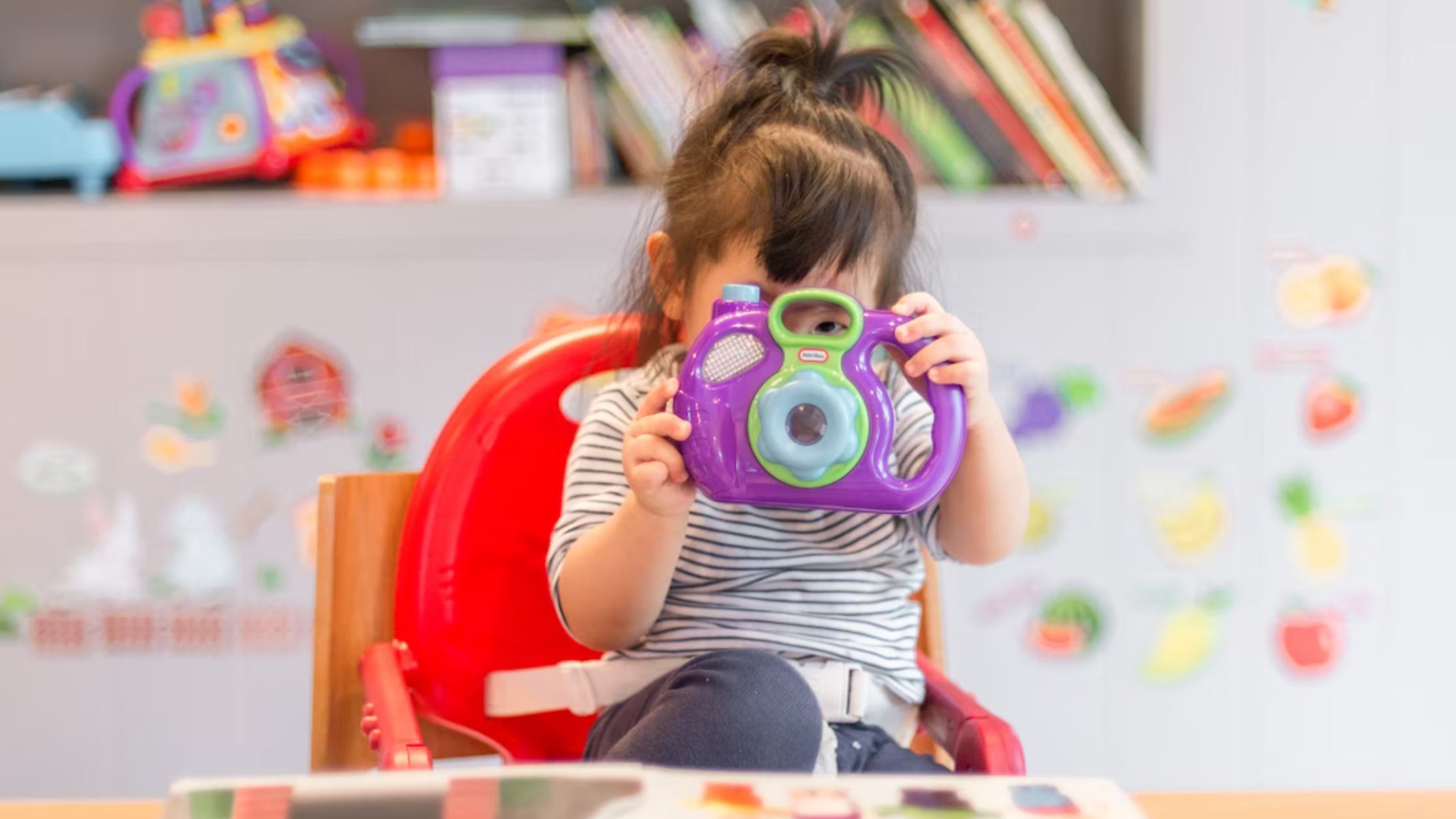Can you imagine what it’s like for your child to have so many toys and activities to choose from when you and I are overstimulated by them? If they have too many toys with too many colors, sounds, and pieces, they might feel overwhelmed. So, what can you do to help you choose toys for your child?
Montessori philosophies have a lot to teach us about how children learn and what they need in their environment. This is because they are based on thousands of hours of studying how children learn and what they need in their environment. A Montessori approach can give you peace of mind when shopping for toys.
5 Things that Montessori toys have
#1 Montessori toys are simple
The best toys for kids are the ones that are easy to use. Your child is trying to make sense of this new, strange, and wonderful world. They learn best when the information you give them is well-organized.
For example, a simple puzzle with a triangle, a circle, and a square in three solid colors helps your toddler learn about shapes in an organized way. These are the three most important geometric structures to tell apart. As they take the pieces out and put them back, they learn how the three parts fit together. And they understand that these shapes are related to each other even though there are no faces or other shapes to distract them. When a toy has too much information, children can’t figure out what the most important parts are.
#2 Montessori toys are based on real-world objects.
Before age six, your child’s brain can’t really tell the difference between fantasy and reality. For them to have a real imagination and feel safe in their world, they need to first learn what the world is really like. Give them real-life books to read: Not tigers driving buses, but tigers in the rainforest. Give them toys that make real things happen. Skip the boxes with knobs and buttons that make noises that have nothing to do with each other. Stick to toys that show how one thing leads to another. When your toddler drops a ball into a hole, it will roll down a ramp and come out again. When your baby hits the bell, a real bell that you can see will ring.
#3 Montessori toys are made of natural materials
Whenever you can, choose toys made from natural materials. A wooden or metal rattle will teach your baby a lot more about the world than a plastic one. At first, the metal feels cold, but then it warms up in their hands. Wood has many different textures. Metal and wood both “taste” interesting to the baby. On the other hand, plastic is always the same temperature and either has no taste or tastes and feels artificial. In the same way, metal and wood give puzzles, balls, and other toys that your toddler plays with interesting weights. Size changes how they feel and how much they weigh. Plastic, on the other hand, needs a bigger change in size to make a clear change in weight.
#4 Montessori materials are useful and good for building.
All of the toys we give our kids should require them to do something to play with them. The best toys for our kids’ development are ones that let them explore and use their own will, ideas, and decisions. They don’t just sit around and watch what adults think is fun. They move, build, and talk with each other to learn about their world and what they can do.
#5 There aren't many options for play in Montessori.
When you set out your child’s toys, give them only a few options. Too many options can be confusing and make you unhappy. It’s harder for them to decide what to play with, and it’s harder for them to stick with the toy they choose. Instead of focusing on the toy and getting the most out of it, they will jump from one toy to the next, making a mess and getting more and more out of control. As a child gets older, he or she will need more toys, but the right number will depend on the child’s personality. By taking turns with their toys, they will have time to play with and learn about all of them.
With all the choices we have today, it’s getting harder and harder to find beautiful toys that meet children’s needs and meet them where they are in their development. Using these tips can help you find your way around the options and help you make smart choices about the toys for your child!


